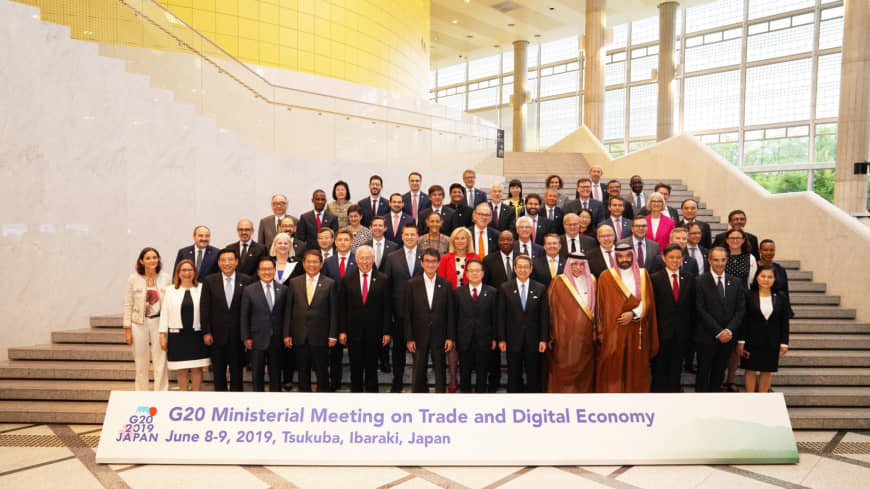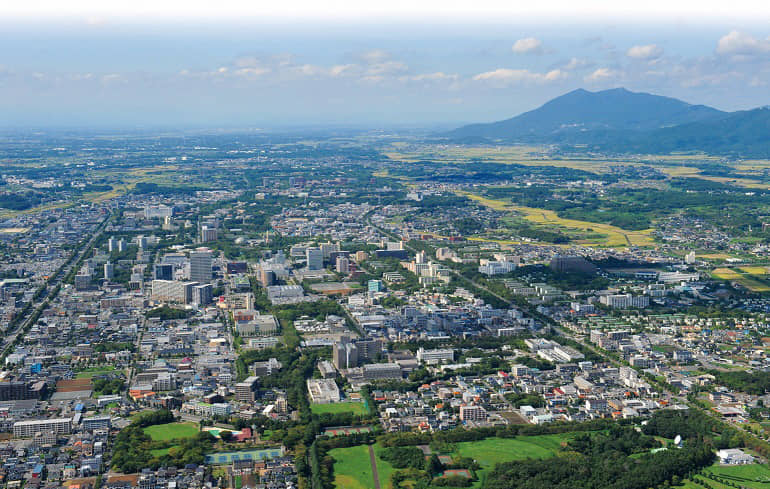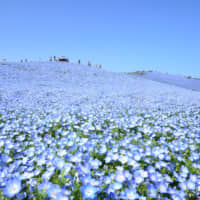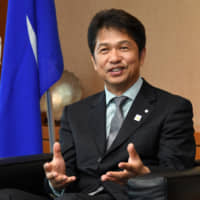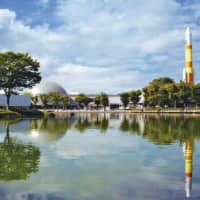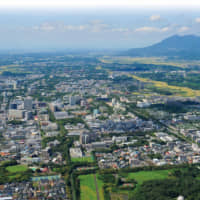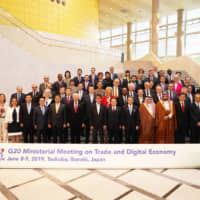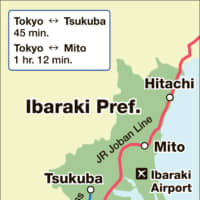Home to a large concentration of Japan’s high-tech enterprises, factories and research institutions, Ibaraki Prefecture, a northeastern prefecture in the Kanto region facing the Pacific Ocean, has its eyes firmly planted on the future.
The Tsukuba Express line connects the city of Tsukuba — a center for research institutions located in the southern part of the prefecture — and Akihabara in Tokyo in 45 minutes. The capital city of Ibaraki, Mito, is 1 hour and 12 minutes from Tokyo Station through the JR Joban Line.
Boasting mild weather and four distinct seasons, Ibaraki ranked third among the nation’s 47 prefectures in its agricultural output according to 2017 statistics compiled by the Agriculture, Forestry and Fisheries Ministry. It is also the top producer of about 20 agricultural and marine products including chestnut, lotus root, green pepper, melon, sweet potato, sardines, mackerel and carp.
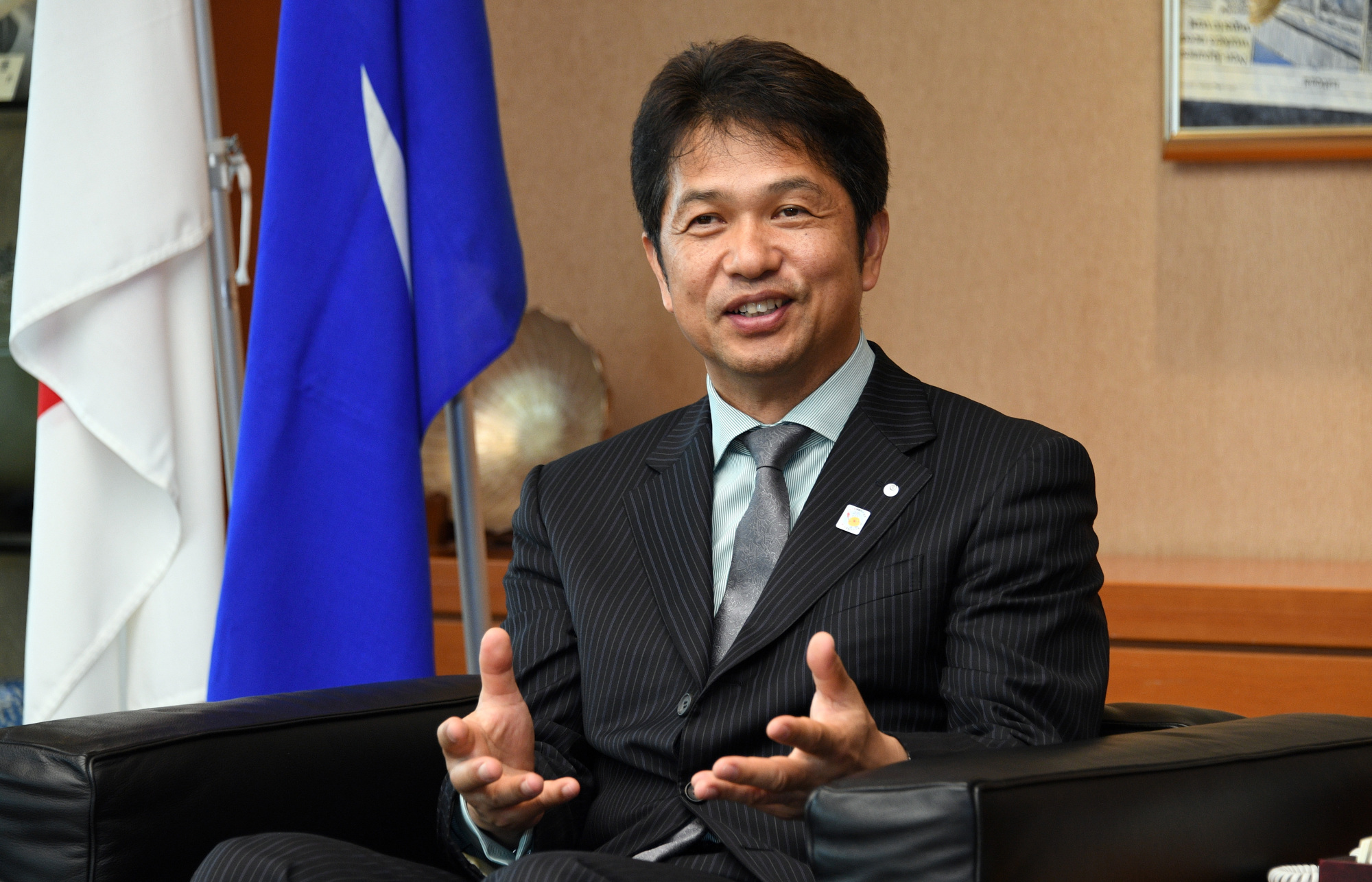
Ibaraki also ranked top in the accumulated total area of factory locations between 2009 and 2018, data from the Ministry of Economy, Trade and Industry shows. The prefecture, especially the area called Tsukuba Science City, is a hub for research institutions. More than 20,000 researchers, including 7,000 non-Japanese researchers, live in the city.
“Ibaraki is a microcosm of Japan. It has everything that the whole country is made up of,” said Ibaraki Gov. Kazuhiko Oigawa. The convenience and balanced environment of the prefecture contributed in part to the success of the Group of 20 Ministerial Meeting on Trade and Digital Economy held in Tsukuba on June 8 and 9. During the same period, a global business meeting was held to build relationships among foreign buyers and firms, travel agencies and other domestic and international companies concerning trade, investment and inbound tourism.
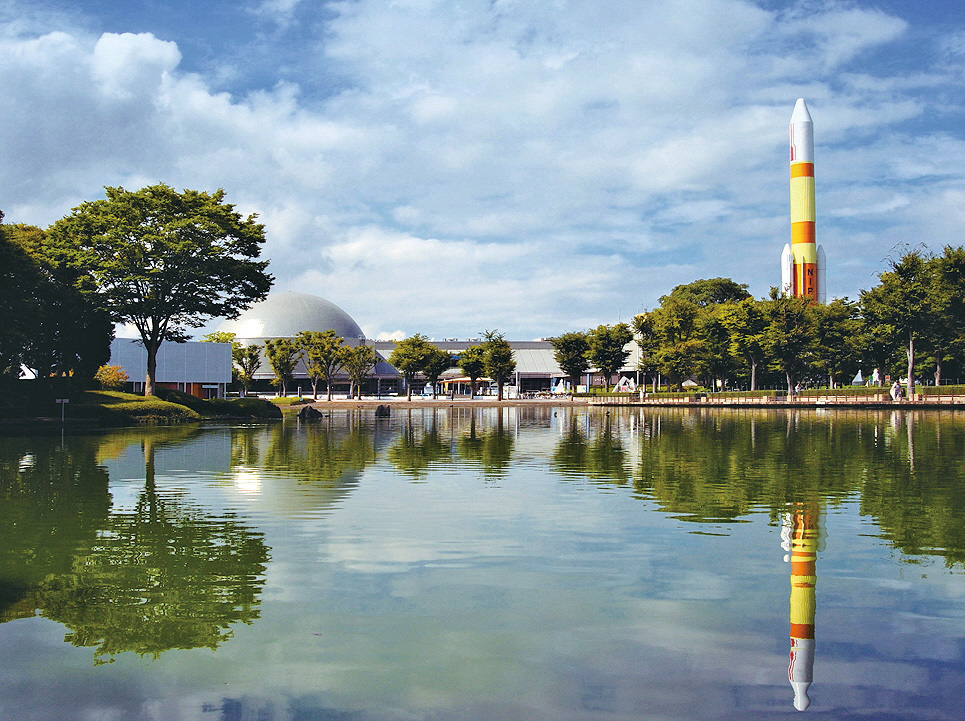
Space industry as a priority
Last August, a project to support space businesses was launched under a prefectural initiative to fully utilize the advantage of multiple space-related research bodies such as the Japan Aerospace Exploration Agency (JAXA) being located within the prefecture. The project aims to promote new startups and existing entities to enter into the industry and to attract space-related companies and organizations from outside the prefecture.
Ibaraki has also been selected by the trade ministry as one of Japan’s four Municipalities for Promoting Creation of Space Business and receives extensive support from the government. “We encourage collaborations among private enterprises in the space industry. We also look forward to cooperating with foreign players engaging in space businesses,” said Oigawa.
Support for foreign workers
Ibaraki has also been committed to attracting foreign firms, ramping up its efforts to do so since Oigawa took office in 2017. At present, 26 international companies have based their headquarters in Ibaraki.
“Since I took up the post of governor, we’ve launched a new portal site to provide comprehensive information to foreign companies. We’ve also established incentive programs such as subsidies for companies to set up their headquarters or rent offices in Ibaraki. We have also offered other support for their research and development,” Oigawa noted.
The prefectural government offers subsidies of up to ¥5 billion for foreign companies to transfer their head offices or research institutes to Ibaraki. Other incentives provided by the prefecture include subsidies for incorporation, rent, and research and development costs. The Portal Site for Foreign Companies Investing in Ibaraki was also set up to provide useful information online. “We, as a prefectural government, are committed to providing one-stop services for foreign companies that are interested in launching businesses in Ibaraki,” said Oigawa.
Valeo Japan Co., a global automotive components and systems manufacturer, is one such company that has received support from Ibaraki. The company operates 17 plants, seven research and development centers and has about 6,100 employees throughout Japan. “We provide innovative products and systems that contribute to the reduction of carbon emissions and the development of intuitive driving such as autonomous driving,” explained Ali Ordoobadi, president of Valeo Japan.
The company was granted a subsidy from the prefectural government to build a new facility incorporating a full-fledged test course in the city of Namegata in southeastern Ibaraki. “This subsidy has been a huge advantage in helping us build a new facility that will allow high-speed vehicle tests in addition to low-speed testing, such as automatic parking, that we are already conducting at our Tsukuba Techno Center,” said Ordoobadi.
He explained that vehicles are currently being sent to Spain and the Czech Republic where full-speed test courses are located. The new test center in Namegata, scheduled to be complete in 2020, will contribute not only to reducing transportation-related financial and energy expenditure, but will also boost job creation in the area.
EVO Japan KK, the Japan office of a German company that specializes in software solutions for the manufacturing industry, was established in the city of Hitachi in March. Its German parent company, EVO Informationssysteme GmbH, has sold its manufacturing management system package to over 1,000 companies throughout Europe. Offering a product that covers manufacturing processes from human resources to materials to machines, the company is contributing to the realization of Industry 4.0 that encompasses digitalization, automation and data exchange in manufacturing technologies. Its new office in Hitachi is the first in Japan and Asia.
Koichi Hinata, area sales manager and consultant of EVO Japan, explained that EVO in Germany developed an interest in the Japanese market because of exchanges between the Hitachi Regional Technical Support Center and the state of Baden-Wurttemberg in Germany that first began in 2015. Ibaraki Prefecture offered comprehensive support in setting up EVO Japan’s new office in Hitachi.
“Here in Hitachi, we can make connections with manufacturing companies. Because of extensive transport links to Tokyo and Narita and Ibaraki airports, it is also easy to reach other places in Japan and abroad,” said Hinata. EVO Japan plans to expand into the Japanese and other Asian markets from Ibaraki.
What could be Ibaraki’s most attractive feature for foreign companies is its concentration of venture businesses and research institutes such as the University of Tsukuba and the National Institute of Advanced Industrial Science and Technology. Possessing both an infrastructure and environment that lends itself to the hard and soft aspects of research and development, Ibaraki focuses mainly on attracting companies that specialize in cutting-edge technologies used in machinery and other materials in fields such as medical and pharmaceutical, biotechnology and robotics.
Just as there is various support mechanisms for companies entering Ibaraki, assistance also exists for non-Japanese people working for companies in the prefecture. A center for providing support to workers from overseas was launched on April 1, the same time as specified skills visas were introduced allowing a new status of residence in Japan. The center responds to questions about the specified skills visas system and requirements as well as the procedures involved when hiring workers from outside Japan. The prefectural government said it has seen growing interest and need from local companies in foreign workers through such support.
The center organizes seminars for intraprefectural companies that are interested in employing non-Japanese workers. It also helps in matching job offers from companies and foreign candidates. “The center also plans to provide a Japanese language e-learning system and internship programs for foreign students to encourage job placements within the prefecture,” said Oigawa.
Interactions to learn from
Ibaraki Gov. Oigawa thinks it is important to offer opportunities where Ibaraki’s local citizens can interact with diverse people to build a community that is comfortable for all residents. The Tokyo 2020 Olympic and Paralympic Games is one such opportunity. Kashima Soccer Stadium in the city of Kashima is one of the venues for the Olympics soccer games. Ibaraki will also host a number of training camps from various countries.
Ibaraki residents learned much from the experience of interacting with visitors when the Seven Seas Mariner, a luxurious cruise ship, docked at the port of Hitachinaka for the first time in April this year. It was the first foreign cruise ship to make a stop at a port in Ibaraki. Oigawa noted that there were many things to be learned from the experience. Shops, restaurants and tourism spots in the surrounding areas made preparations to welcome the passengers of the cruise ship, but many unanticipated things occurred.
“Many visitors flocked to take pictures of the miko (shrine maidens) at Kasama Inari Shrine, which was quite unexpected,” said Oigawa, before adding, “Some shops lost sales opportunities because they were not equipped with cashless payment methods.” On behalf of the parties involved, he embraced such incidents, saying they lay important foundations for improvement.
“We are expecting three more cruise ships by 2021,” Oigawa said. “Learning from this experience of witnessing what the passengers were actually interested in will help in our preparations for dealing with guests from the next three ships,” he added.
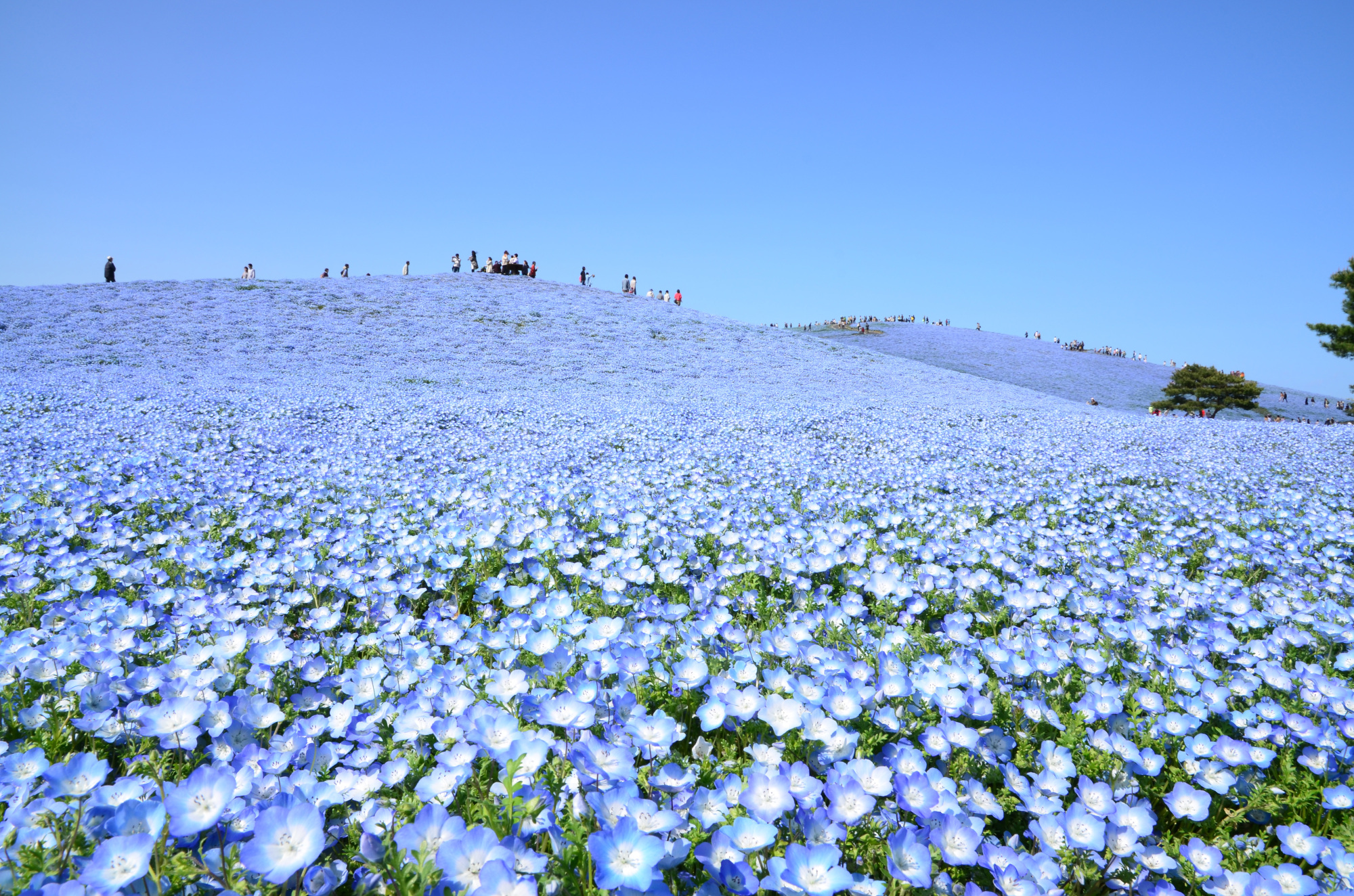
Places to visit
“Hitachi Seaside Park is famous for its vast garden filled with nemophila in spring but is also spectacular in autumn with its bright red kochia bushes,” said Oigawa. Fukuroda Falls in Daigo is another popular spot offering scenic beauty. In only a 20-minute bus ride from Mito Station, there is a 300-hectare traditional Japanese garden called Kairakuen, built in 1841. Along with Kenrokuen in Ishikawa Prefecture and Korakuen in Okayama Prefecture, it is known as one of the Three Great Gardens of Japan. Mount Tsukuba is loved by the locals, as well as mountain climbers and hikers as a natural asset no less magnificent than Mount Fuji. Ushiku Daibutsu in Ushiku, a city in southern Ibaraki, is a 120-meter tall Buddha statue. It is known as the biggest bronze statue in the world. The prefecture has been chosen as a location for a number of films due to its diverse scenery.

In addition to promoting such sightseeing spots, many hands-on tourism programs have been developed since 2018 in a bid to strengthen tourism in Ibaraki. “For example, there are travel packages that include activities like golf or cycling. Sakagura (sake brewery) tourism offers visitors an opportunity to not just enjoy sake tasting, but also participate in the process of making sake,” said Oigawa. Ibaraki, with its rich water resources flowing from five major rivers running through the prefecture, has about 40 sake breweries. The governor stressed the importance of offering experiences so that a place is remembered and visited repeatedly.
According to prefectural government figures, the number of tours targeting foreign tourists to Ibaraki numbered 3,442 in 2018, which was 1.3 times more than the previous year.
Ibaraki Airport continues to play a major role in easing the flow of people and goods. Direct flights with Seoul resumed for the first time in seven years in 2018. Charter flights from Taiwan also started regular operation last year.
The balanced environment of Ibaraki, with its urban functions and bountiful nature, has enabled new technologies and businesses from across Japan and abroad to flourish within the prefecture. “I think that Ibaraki can be a model for regional recreation,” Oigawa said.



